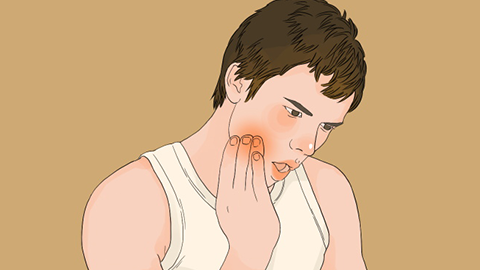Can pulpitis heal on its own?
Among cases of pulpitis, only reversible pulpitis may subside after removal of the irritant; irreversible pulpitis cannot heal on its own and requires professional treatment. If tooth pain occurs, seek timely medical evaluation to prevent the condition from progressing to an irreversible stage.

Reversible pulpitis is usually caused by brief pain triggered by cold or hot stimuli, with no irreversible damage to the dental pulp. If decayed tissue is promptly removed, exposure to thermal stimuli is stopped, and good oral hygiene is maintained, pulp inflammation may gradually decrease and pain symptoms may ease. In such cases, the condition can be considered under control rather than completely self-healed.
In irreversible pulpitis, such as acute suppurative pulpitis, the pulp has already undergone necrosis or infection, causing severe pain that worsens at night. At this stage, the damaged pulp tissue cannot repair itself. Without treatment, the infection may spread to the root apex, leading to apical periodontitis, tooth loosening, and even affecting the surrounding alveolar bone. Complete self-healing is impossible in these cases.
For daily care, brush teeth twice daily using a desensitizing toothpaste containing potassium nitrate to reduce sensitivity; rinse with an alcohol-free, gentle mouthwash after meals to avoid irritating the pulp; and avoid chewing hard, very cold, or very hot foods with the affected tooth to minimize stress on the pulp.




